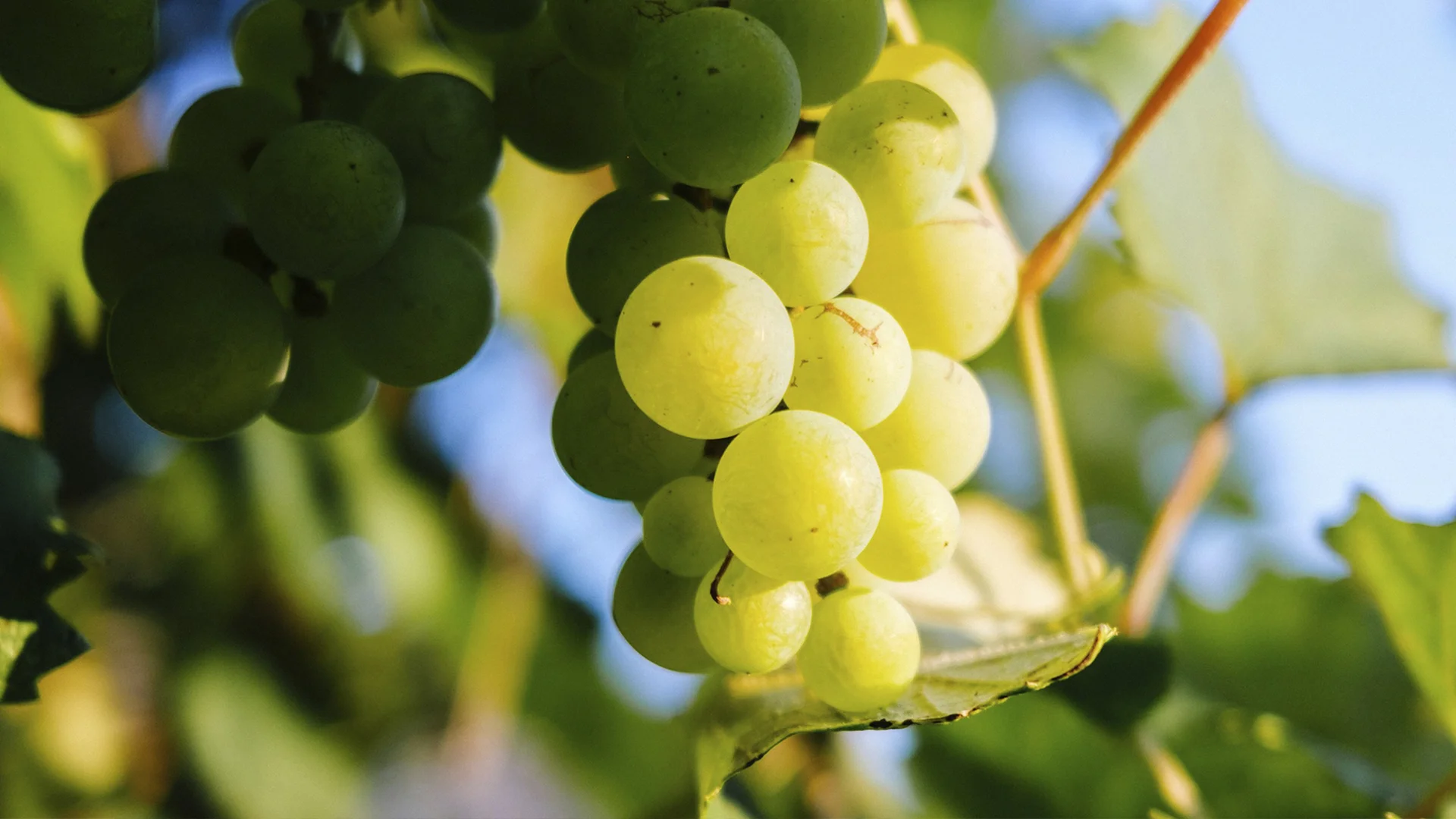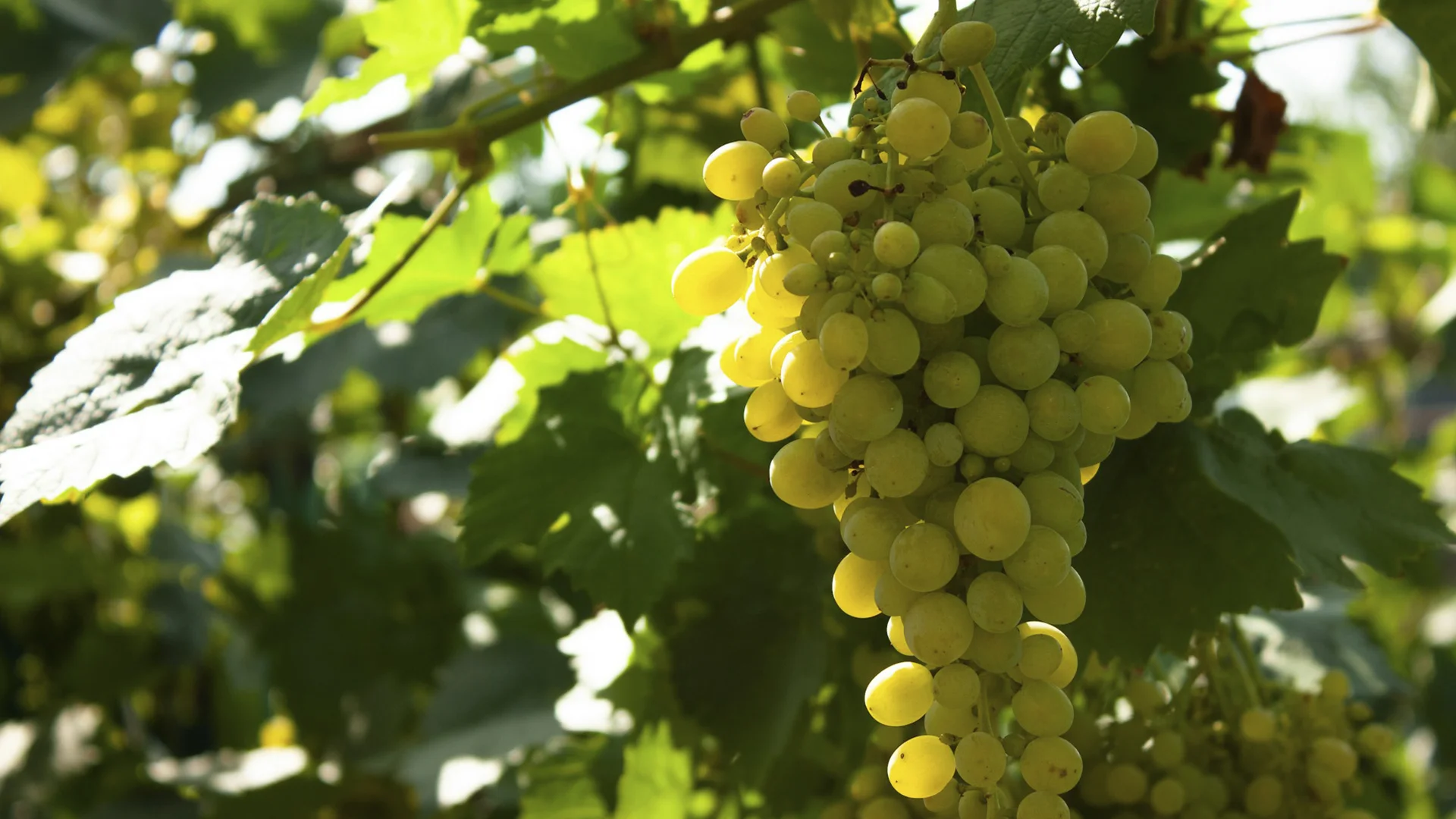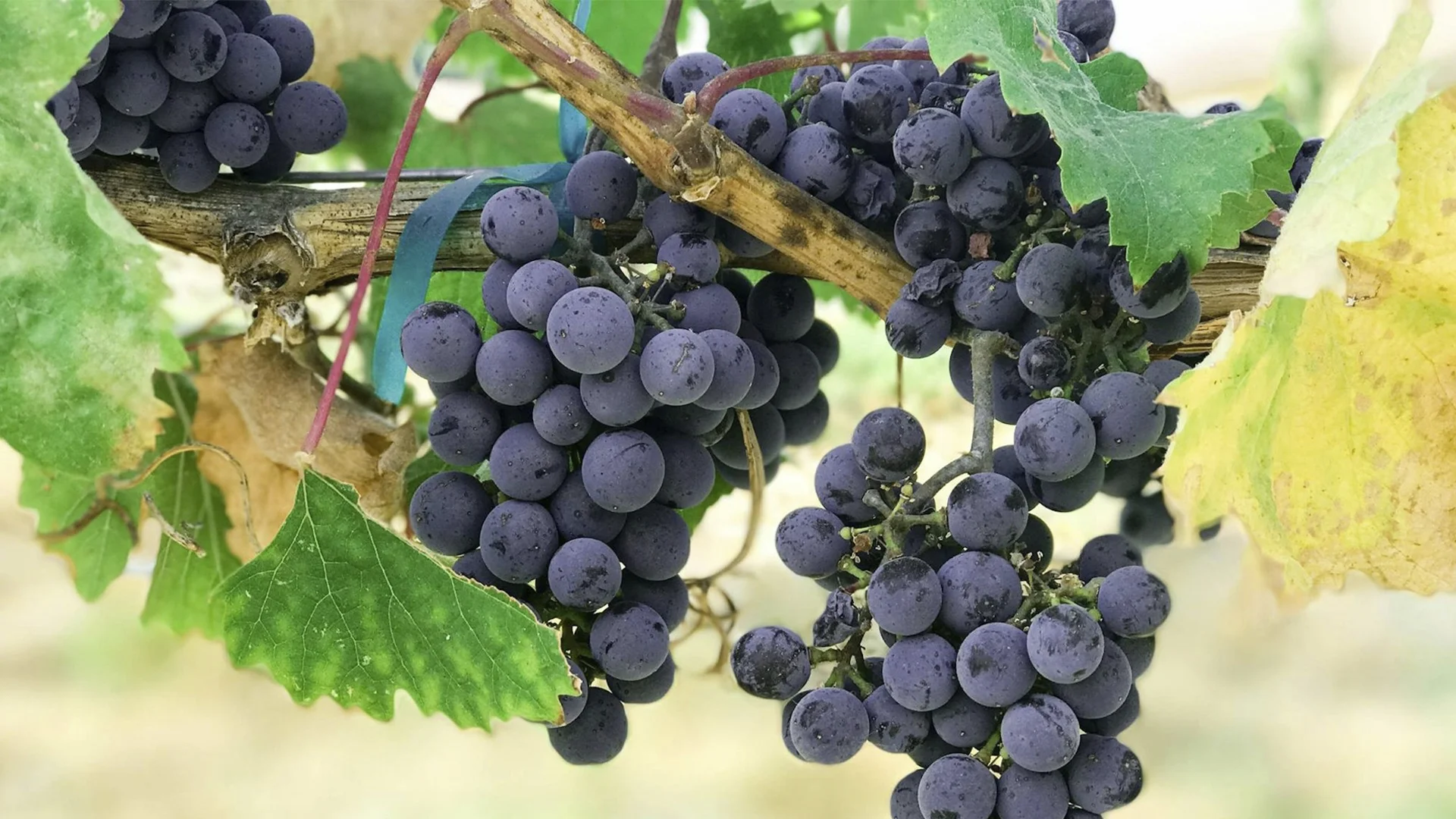
Malbec, renowned for its deep hues and robust flavours, is a cornerstone of viticultural history. In this in-depth profile, we explore the unique characteristics of the Malbec grape varietal, from its striking appearance to its full-bodied taste. We trace its historical journey across wine cultures and regions, highlighting its adaptability and influence. Key to Malbec's cultivation are the climate and soil conditions, which we examine alongside the significant impact of various terroirs on its flavour profile. We also spotlight sustainable practices emphasizing eco-friendly cultivation. Finally, we celebrate the wines derived from Malbec, notable for their depth, complexity, and versatility. This profile aims to enrich your wine knowledge, presenting a comprehensive view of Malbec's journey from vine to bottle.
Malbec grapes, known for their dark, inky colour and robust tannins, are a purple grape variety primarily used in making red wine. Originally from France, Malbec was once widely planted across various regions but has seen a decline in popularity in its homeland, particularly in Bordeaux, due to its vulnerability to various vine ailments. However, it remains a significant blend component in the Cahors region, where it's stipulated to be at least 70% of the blend. Despite this decline in France, Malbec has found a new and thriving home in Argentina, especially in the Mendoza wine region, where it has become the country's most important grape variety. Argentine Malbec is noted for its deep colour, intense fruity flavours, and velvety texture. Unlike its French counterparts, it is generally plusher in texture with less tannic structure but has shown similar aging potential.
These facts about Malbec not only highlight the grape's historical journey but also its current significance in the global wine industry, particularly in Argentina.
The history of the Malbec is a tale of resilience and adaptation, marked by significant events and geographical shifts. Originally from Cahors, France, Malbec was once a major planting in Bordeaux and widely grown across France. However, its presence in Bordeaux began to dwindle due to vulnerabilities to various vine ailments and a severe frost in 1956, which wiped out a significant portion of Malbec vines. By the late 20th century, the acreage of Malbec in France had significantly reduced, although it still remained a key component in the Cahors region where Appellation d'origine contrôlée (AOC) regulations stipulate that Malbec must compose at least 70% of the blend.
The rebirth of Malbec began in Argentina, where it found an ideal home and became a national variety uniquely identified with Argentine wine. Introduced to the region in the mid-19th century by the French agronomist Michel Pouget at the behest of Domingo Faustino Sarmiento, governor of Mendoza, Malbec adapted well to the terroir of Mendoza. Its popularity surged, and by the early 20th century, it became the most planted red grape in Argentina. The Argentine Malbec, characterized by its deep colour and intense fruity flavours, differs from its French counterparts, which are more tannic.
Malbec in Argentina thrived, particularly in the high-altitude regions like Mendoza, benefiting from the unique climatic conditions provided by the Andes. The high altitude contributed to a more exciting range of richness, textures, and aromas in the Malbec grapes. Wineries in Argentina, such as Catena Zapata, played a significant role in experimenting and elevating the quality of Malbec, contributing to its global recognition.
Today, Malbec is celebrated worldwide, particularly for its Argentinian variant, which is known for its easy-drinking, fruity style. While Argentina leads in Malbec production, the grape is still an important part of the wine culture in France, especially in Cahors. The journey of Malbec is a testament to the dynamic nature of viticulture, where grapes can find new life and expression in different parts of the world.
The ideal viticulture conditions for Malbec, particularly in renowned regions like Mendoza, are shaped by a synergy of soil, climate, altitude, and sunlight exposure. These factors play a crucial role in the development of the grape's colour, flavour, and overall quality.
Malbec flourishes in various soil types, each contributing unique characteristics to the wine. These include alluvial, limestone, clay, sandy loam, and rocky and gravelly soils. The diversity of these soils aids in nutrient provision, drainage, and root development, influencing the wine's structure, aging potential, and flavour intensity.
The climate is a critical factor in Malbec cultivation:

These factors ensure that Malbec develops its distinctive rich colour and robust flavours. Viticulturists carefully navigate these elements to produce wines that reflect their unique terroir, from the Andean peaks to diverse landscapes worldwide. Understanding these variations based on conditions is crucial for both wine producers and enthusiasts, influencing the wine's quality, flavour profile, and aging potential.
Argentina and France are the two top regions where Malbec grows, but this grape great adaptability favoured its popularity in several key regions around the world, each contributing unique characteristics to the wines produced. Therefore, it is likely that you will not find the same Malbec in different regions. In general terms, for example, French Malbec wines stand out for having higher acidity and more predominant tannins, while Malbecs produced in Argentina have lower acidity and softer tannins.

Each of these regions influences the characteristics of the Malbec grown there. Factors such as soil type, climate, and altitude play a significant role in shaping the flavour profile, acidity, and tannin structure of Malbec wines. For example, the high-altitude vineyards of Mendoza contribute to the rich, complex, and full-bodied nature of Argentine Malbecs, while the cooler, more moderate climate of Cahors results in wines with higher acidity and tannins, suitable for aging. These regional variations provide a diverse range of Malbec wines, appealing to a wide spectrum of wine enthusiasts.
Sustainable practices in the cultivation of Malbec have evolved significantly, incorporating a range of techniques and programs focused on ecological and environmental stewardship. These practices aim to maintain the delicate balance of the ecosystem while ensuring high-quality grape production.
A prominent example of these sustainable efforts is the "Matriz Viva" program initiated by Bodega Argento. This program is deeply rooted in the principles of organic farming and environmental conservation, with a clear goal to produce wines that not only taste excellent but also represent their unique terroir – the environmental conditions, especially soil and climate, in which the grapes are grown.
Through these focused efforts, the Matriz Viva program exemplifies a comprehensive approach to sustainable viticulture, particularly in the cultivation of Malbec. This approach not only benefits the immediate environment but also contributes to the broader goal of sustainable agriculture. As the wine industry continues to evolve, such innovative and environmentally conscious practices will play a vital role in shaping its future.
Malbec wines, celebrated for their rich flavours and deep colours, are produced by several notable brands across different regions, each bringing its unique terroir into the bottle. Here are some of the most famous Malbec brands and their distinctive aroma and flavour profiles:
Each of these Malbec wines reflects the diverse expressions of Malbec, influenced by the unique climates, soils, and winemaking traditions of their respective regions. From the robust and savoury Argentinian Malbecs to the subtler and more nuanced expressions from Chile and the United States, these wines showcase why Malbec has become a favourite among red wine enthusiasts.
Our journey through Malbec's world concludes having explored its characteristics, historical evolution, and the viticultural conditions crucial for its unique flavour profiles.
From the soils of Mendoza to Cahors' hills, Malbec's adaptability and terroir-driven diversity have been showcased, reflecting why it's a favourite among wine lovers. The emphasis on sustainability underscores a commitment to eco-friendly practices, ensuring Malbec's legacy continues within a framework of environmental stewardship. Celebrated for its depth and complexity, Malbec wines illustrate the grape's versatility and ability to convey the essence of its terroir distinctly. This exploration has not just highlighted Malbec's significance in viticulture but also celebrated the people and practices that nurture it from vine to bottle, underscoring a narrative of resilience, adaptation, and enduring appeal in the vast tapestry of wine.





























































































.webp)

.webp)





Are you interested in
collaborating with us?